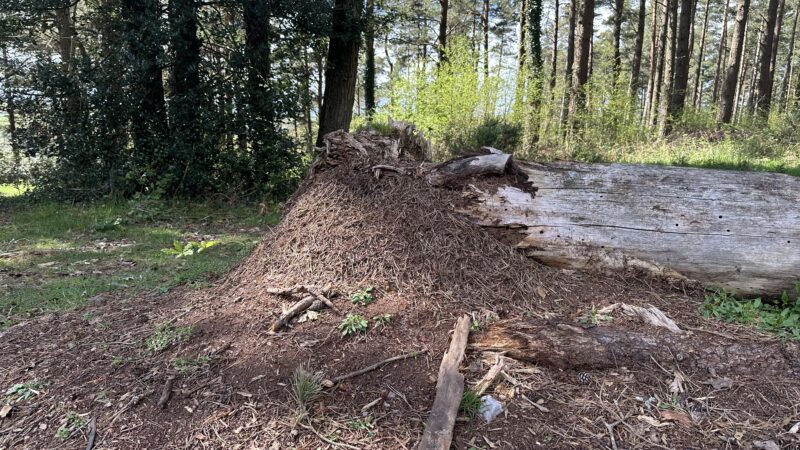A tiny wonder in our midst

Brushing my fingers against the damp trunk of an ash tree, something gummy stuck to my hand. It had the adhesion of a slug, but was wetter and slicker. I stopped myself from immediately flicking it away as a piece of unidentified yuck and looked more closely.
Perched on the whorl of my forefinger was a tiny snail no more than four millimetres long. Its shell was a glossy, pointed twist, turning five times from lip to apex. Like most snails, the shell circled clockwise.
As I watched, a minute pair of black-beaded horns emerged – and then retreated into the shining brown shell. It was a slippery moss snail (Cochlicopa lubrica), also known as the glossy pillar snail. They are common across the UK in shady, damp corners, especially among leaf litter in gardens, where they feed on microbial fungi.
The silky shells are a defence against birds, mice and other predators, enabling them to escape by slipping out of the grip of a beak or paw. The snails maintain this smoothness by cleaning themselves with their radulas, the long tongue-like muscle that also helps them scrape up food. Their semi-translucent shells look delicate and easily crushed, but they are immensely strong for their size. Underneath the smooth, organic outer coating lies an interlocking lattice of calcium carbonate that the snail secretes as it grows.
Judging by the size, this individual was comparatively juvenile. It will probably grow another couple of millimetres before it reaches maturity and starts reproducing. Moss snails generally mate in pairs, but they are hermaphrodite and also capable of self-fertilisation. In freezing winter conditions, they can hold the fertilised eggs inside their bodies in a kind of hibernation until warmer weather comes.
After photographing it, I carefully replaced the snail on its tree. Noticing it, rather than wiping it aside as an inanimate piece of grot, was a good reminder for me that we are surrounded by fascinating creatures. You don’t need to hike miles into the mountains to see them, buy specialist equipment or have esoteric knowledge. All you need is a dash of curiosity and the willingness to observe more closely what is, literally, at hand.
First published in The Guardian’s Country Diary column on 4 January 2023.





